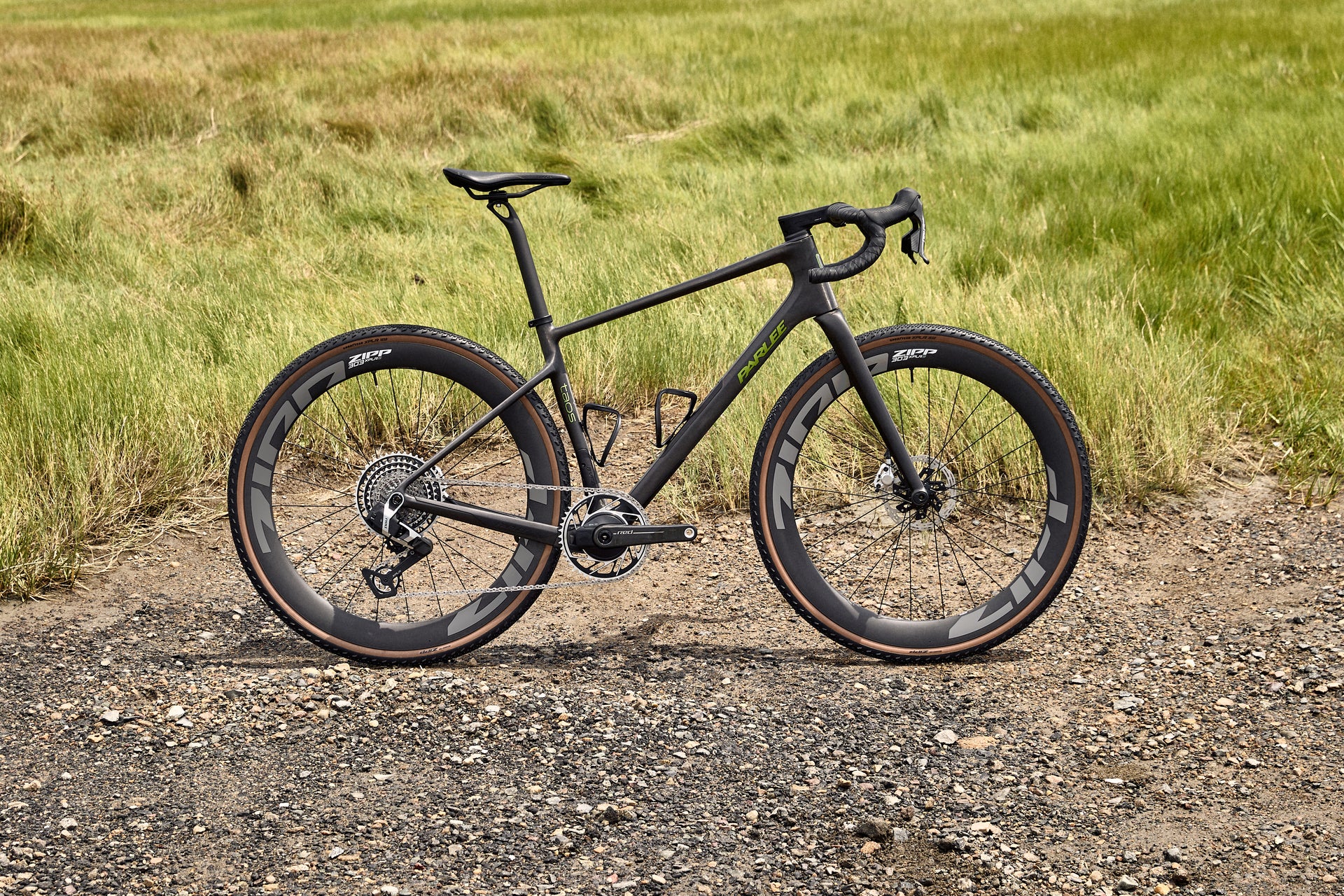All Posts
What is Needed to Create 3D Models for Visual Commerce?
Creating 3D models for visual commerce is a multifaceted process that relies on various techniques and resources. This article provides an overview of different methods for generating 3D models, including CAD file conversion, photogrammetry, 3D scanning, and using pictures with geometrical dimensions. By understanding the available options and tailoring the approach to project requirements, businesses can create compelling 3D representations that elevate their visual commerce strategies.

Creating 3D models for visual commerce involves several techniques and starting points, depending on the resources available and the specific requirements of the project. Here's a brief overview of how you can create 3D models from different sources.
CAD File
CAD Conversion: Many products start as CAD (Computer-Aided Design) files in industries like manufacturing, engineering, and design. These files can be directly converted into 3D models suitable for visual commerce platforms. Software tools can import CAD files and export them in formats compatible with 3D graphics applications and web technologies.
Retopology: CAD models often contain more details than needed for visual commerce purposes and might be too complex for real-time rendering on web platforms. Retopology is the process of simplifying these models by reducing the polygon count while preserving the essential shape and details. This step is crucial to ensure the models load quickly and perform well in online 3D viewers.
Texturing and Lighting: Once the model is optimized, it may require additional texturing (applying surface textures and colors) and lighting adjustments to make it look as realistic as possible in its virtual environment.
Photogrammetry
This method uses photographs of an object from multiple angles to recreate it as a 3D model. You need a series of high-quality, overlapping images taken around the object. Software analyzes these images to detect common points and reconstruct the object's shape and appearance.
Modeling and Refinement: The initial 3D model generated from the photographs might require manual refinement to correct any inaccuracies and to ensure the geometrical sizes match the real object’s dimensions. Additional details can be added or adjusted at this stage.
Texturing: The photos used for photogrammetry can also provide the texture maps for the 3D model, giving it a realistic appearance based on the actual object's surface details.
3D Scanning
Using a 3D scanner, you can capture the exact shape and size of a physical object. This technology projects light onto the object and measures its reflection to create a digital 3D representation.
Data Processing: The raw data from a 3D scan typically requires processing to turn it into a coherent 3D model. This process includes cleaning up noise, filling missing parts, and sometimes reducing the number of polygons for better performance.
Enhancement: Like models created from CAD files or pictures, scanned models may need additional texturing, lighting, and shading work to enhance their visual appeal for e-commerce platforms.
Pictures with geometrical dimensions
Creating 3D models for visual commerce can also begin with gathering a few pictures of the physical object along with its geometrical dimensions. 3D artists utilize software like Blender to translate these images into detailed models. They start by outlining the product with basic shapes, refining the model by extruding faces and edges to add depth and detail. Subsequently, artists complete the model with UV mapping, applying textures, and setting up materials to achieve a realistic appearance. This process transforms static images into dynamic 3D representations suitable for visual commerce platforms.
Choosing the Right Method
The choice among these methods depends on several factors, including the availability of the original physical product, the desired level of detail in the 3D model, the intended use (e.g., interactive visualization, augmented reality, virtual try-on…), and budget constraints. Combining these techniques can also be effective in achieving the best results for visual commerce applications.
Ready to elevate your visual commerce game with stunning 3D models? Start creating immersive experiences that drive sales today! Contact us to learn more.




